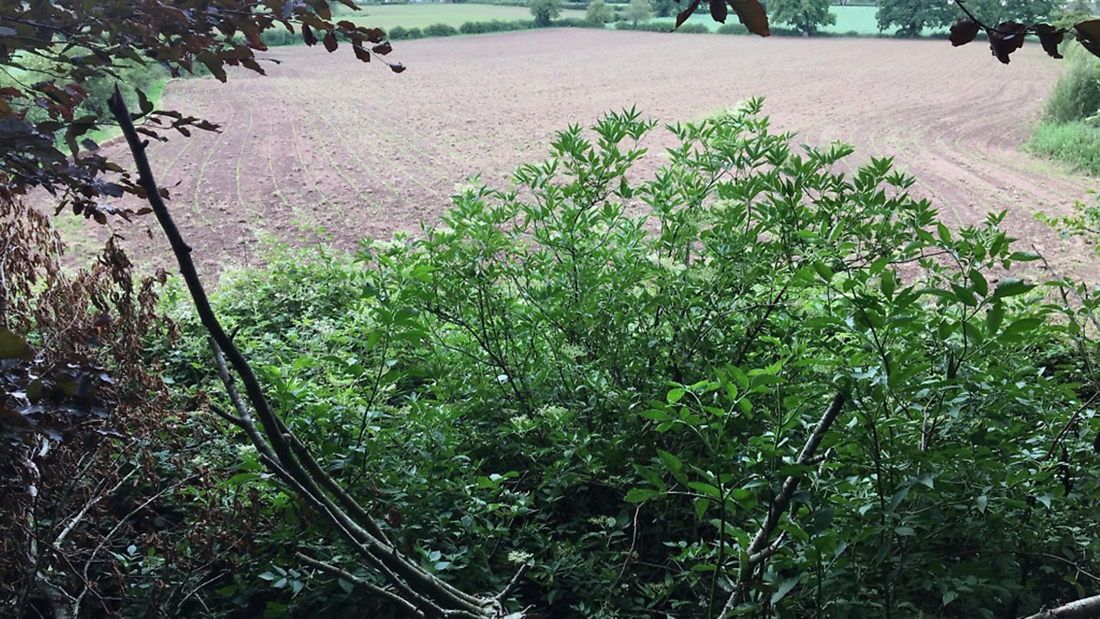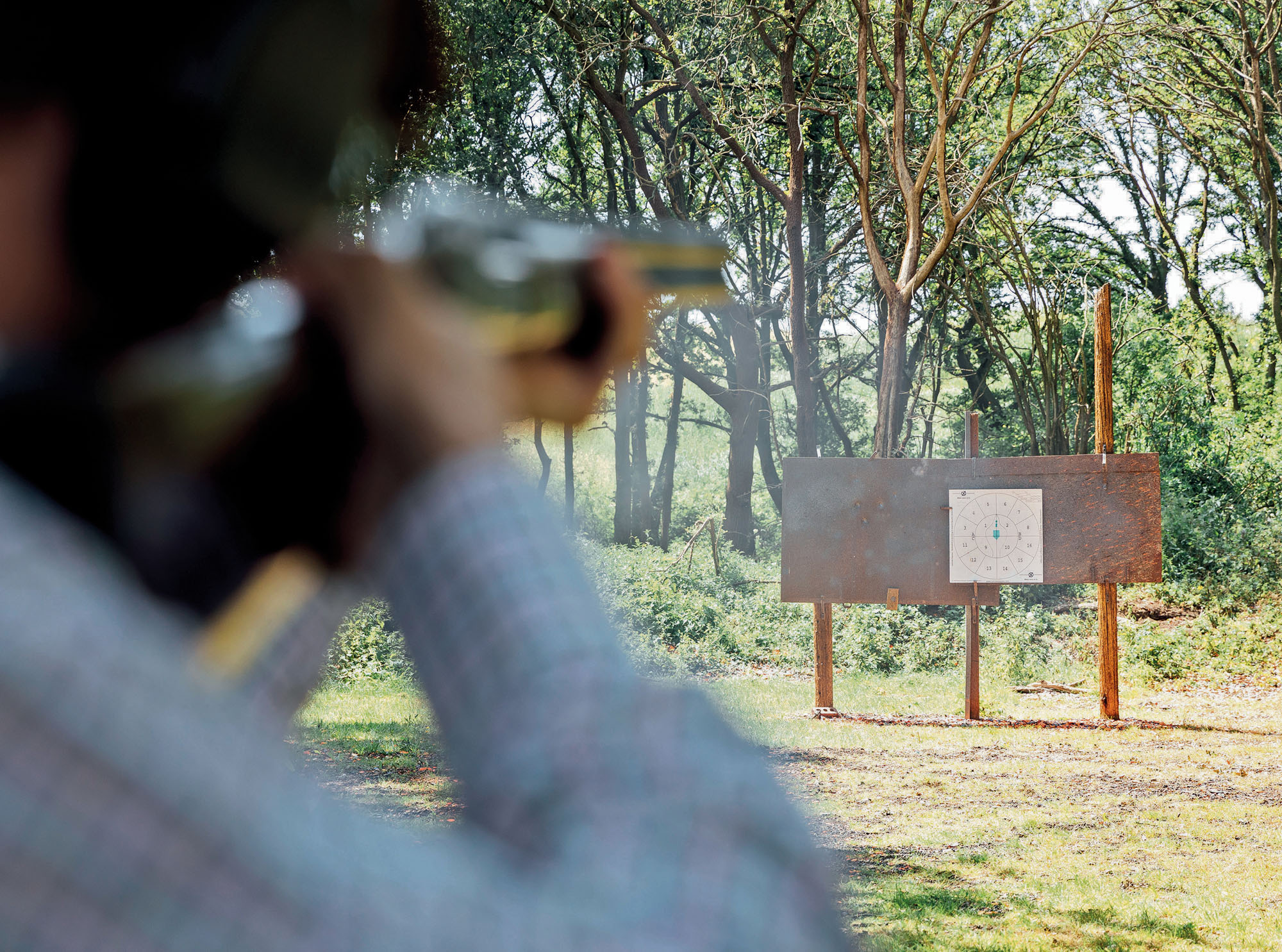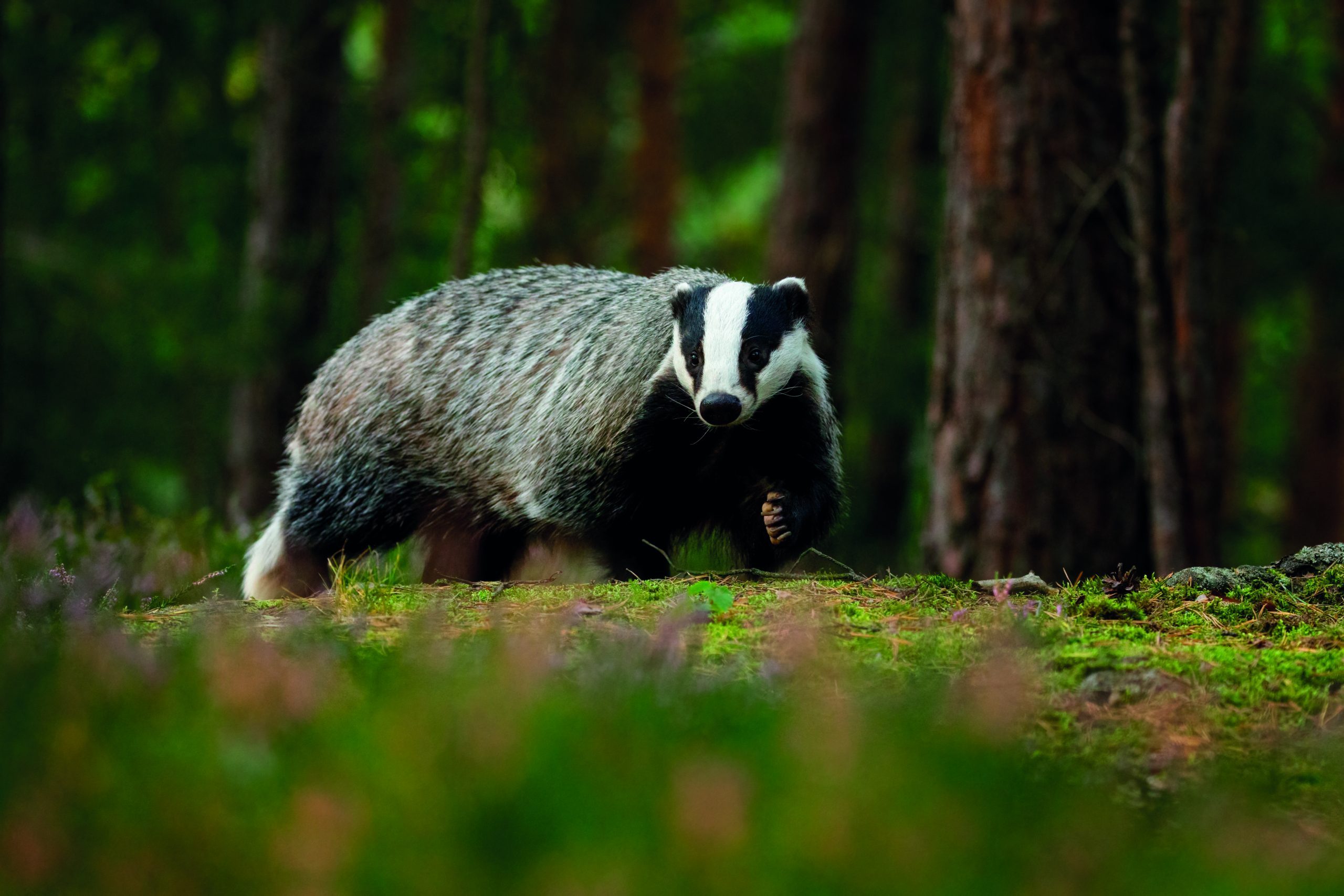Foxing advice for newbies

Dean Harrison, foxing enthusiast and expert, offers advice to a newcomer to the sport on high seat positioning, electronic callers, and the best time to shoot!
Q: I am writing to ask Dean for some advice on fox shooting. I am quite new to this sport, and I have a lot to learn. I have been reading Sporting Shooter and Rifle Shooter for a while and I love reading your articles.
The two lands where I have permission to shoot and control vermin have pits, which have been fenced up to prevent livestock getting in. Both pits have been neglected by the landowners and have turned into small woods where all sorts of vegetation and trees grow inside. Both of them have a lot of burrows and dens inside which make me believe that foxes, badgers and rabbits ‘seem’ to live in a kind of micro-environment harmony. Pheasants as well seem to use this area as an occasional cover.
I have placed my high seat on one of the trees surrounding the pit. The tree is facing one field which is used for both silage and cereal crop (see photo of the field in front of the high seat). On the back of my seat, there is the inside part of the small wood. Right next to the tree where I mounted my high seat, I found a freshly dug den which I am pretty sure is used by a fox.
So far, I haven’t had much chance to shoot a fox, nor have I seen any passing by or responding to my small electronic caller (an iPod connected to a portable speaker), apart from a cub which crossed by the side of my seat while I was playing a rabbit distress call on my iPod.
Therefore, my main questions for you are:
1. Is my chosen position for the high seat suitable to shoot the occasional fox that is either passing by or on his way back to the pit/wood area where all the dens and burrows are?
2. Will I have a better chance to shoot a fox if I am using my small portable electronic caller?
3. Is there a good time of day to sit and wait for foxes to come by?
4. Will I have a better chance by baiting the area in front of the high seat?
DEAN HARRISON replies: Thanks for getting in touch. The ground sounds a perfect cover for foxes. Where you have placed your high seat is workable, but you are sat right on top of them, so you will always stand a chance of leaving your scent. Even the best of us can make a bit of noise, and you have to have in your mind that you’re going to be sitting there, still, for a very for a long time.
On your approach to the seat, you always have to make sure the wind is not blowing into the wood. Use your fieldcraft, think it through before you make your approach and cut down anything that is going to make any noise.
I can’t tell how far away the trees at the bottom of the field are, or if you have a safe shot or not from there, but if you do, placing your seat in one of those trees could work well. You might have more of a chance getting them working down the hedges towards you, or, as I noticed in your letter, on the freshly cut silage – they will be out hunting for all the chopped up rodents. Also, after the field is harvested and you have stubble, this is perfect too. No need to bait or call, just sit and wait, but I always bait on stubble if I can, it just gives you more confidence when your bait is going.
Calling with handheld devices sat in your seat is not the best; a fox likes to come at the call downwind, and if you have one coming from behind you through the wood, it will be very hard to get a shot at him. Like I said, it is workable, but if you are going to call I would set up my caller out in the field about 100 yards away, and would put it about 15 yards out from one of the hedges as he will feel safer going down the hedge towards your call. Bear in mind that he will try and scent it on his approach, so keep this in mind and try and think what side is the best for that evening. At this time of year with the younger ones about, you stand a very good chance of success using the rodent or baby rabbit calls.
But for me, the best way is to get a bait station going. Same principle again: 120 yards away from your seat and just out from the hedge.
I would get there at least 2.5 to three hours before dark this time of the year, when it’s warm (a bit less in the winter). These days, I have a night vision set-up, thermal spotter and digital scope sat on top of my .243. But before I had this set-up, I just used my binos and a good daytime scope and shot so many foxes that way.
You could be lucky and your fox comes out nice and early, but the best time to get your fox is in that last quarter of an hour before dark, just when you think it’s not your night! You spot a shape with your binos, check it with your riflescope, confirm it’s a fox, you shout, it stops and you get it – there’s no better feeling in my books!
Also, try getting there at first light. Even if you don’t get in your seat, just sneak through one of the hedges and wait (on one of the corners looks like a good place). You will have a good chance catching a fox or two out hunting first thing, or making their way back to the wood. Don’t be in a hurry to leave – give it an hour or two. Shooting foxes takes lots of patience, fieldcraft and knowledge (and a bit of luck sometimes helps).
Hope that helps!





